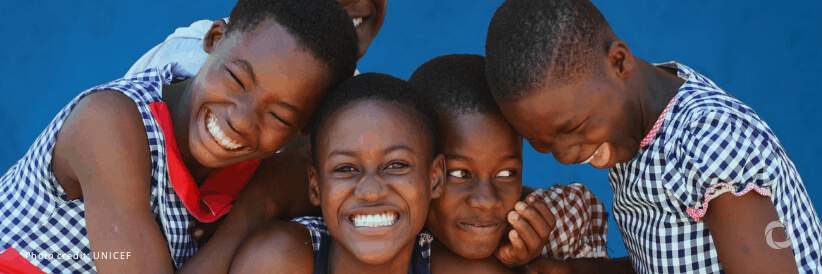The World Health Organization (WHO) has released the web version of the second edition of its Global Accelerated Action for the Health of Adolescents (AA-HA!) guidance.
The web AA-HA! aims to:
- enhance the accessibility of the AA-HA! content for people with disabilities, and on a wide range of devices and operating systems, including computers, smartphones, and tablets.
- enhance users’ experience and engagement with the content by embedding seamless navigation across chapters and including hyperlinks to related external content and multimedia.
- ensure that users always have access to the latest WHO estimates on mortality and morbidity in adolescents that are presented in Chapter 2 of the guidance and that new relevant resources are linked to the web AA-HA! 2.0 in real-time.
The second edition of its Global Accelerated Action for the Health of Adolescents (AA-HA!) guidance aims to equip governments to respond to the health and well-being challenges, opportunities, and needs of adolescents.
The guidance provides the latest available data on adolescent health and well-being. It also outlines an updated list of core indicators that data should be collected on. Globally, road injury was the top cause of death for adolescent males in 2019. Among female adolescents, the leading causes of death were diarrhoeal diseases among the younger group (10-14 years) and tuberculosis (TB) in the older group (15-19 years).
“Informed by the AA-HA! guidance, many more governments are investing in comprehensive and evidence-based adolescent health and well-being programs, developed in close consultation with adolescents and youth,” said Dr Anshu Banerjee, Director of Maternal, Newborn, Child, and Adolescent and Ageing. “The commitment to collaboration and working closely with young people catalyzed by the first edition can be seen in WHO’s strengthened partnerships with other UN agencies and the newly created WHO Youth Council.”
This guidance was developed by WHO in collaboration with global partners, including UN Women, UNAIDS, UNESCO, UNFPA, UNICEF, WFP, and PMNCH.

